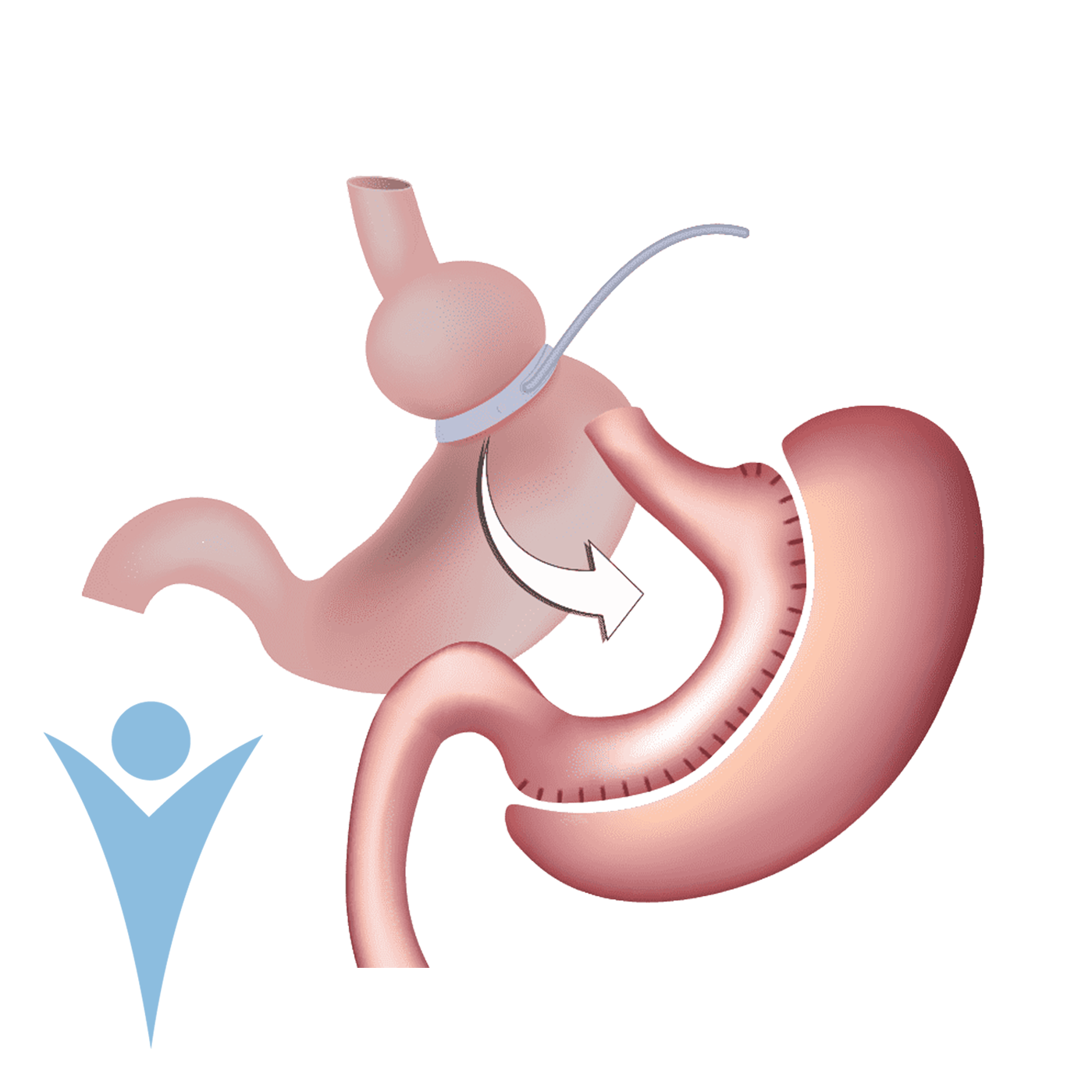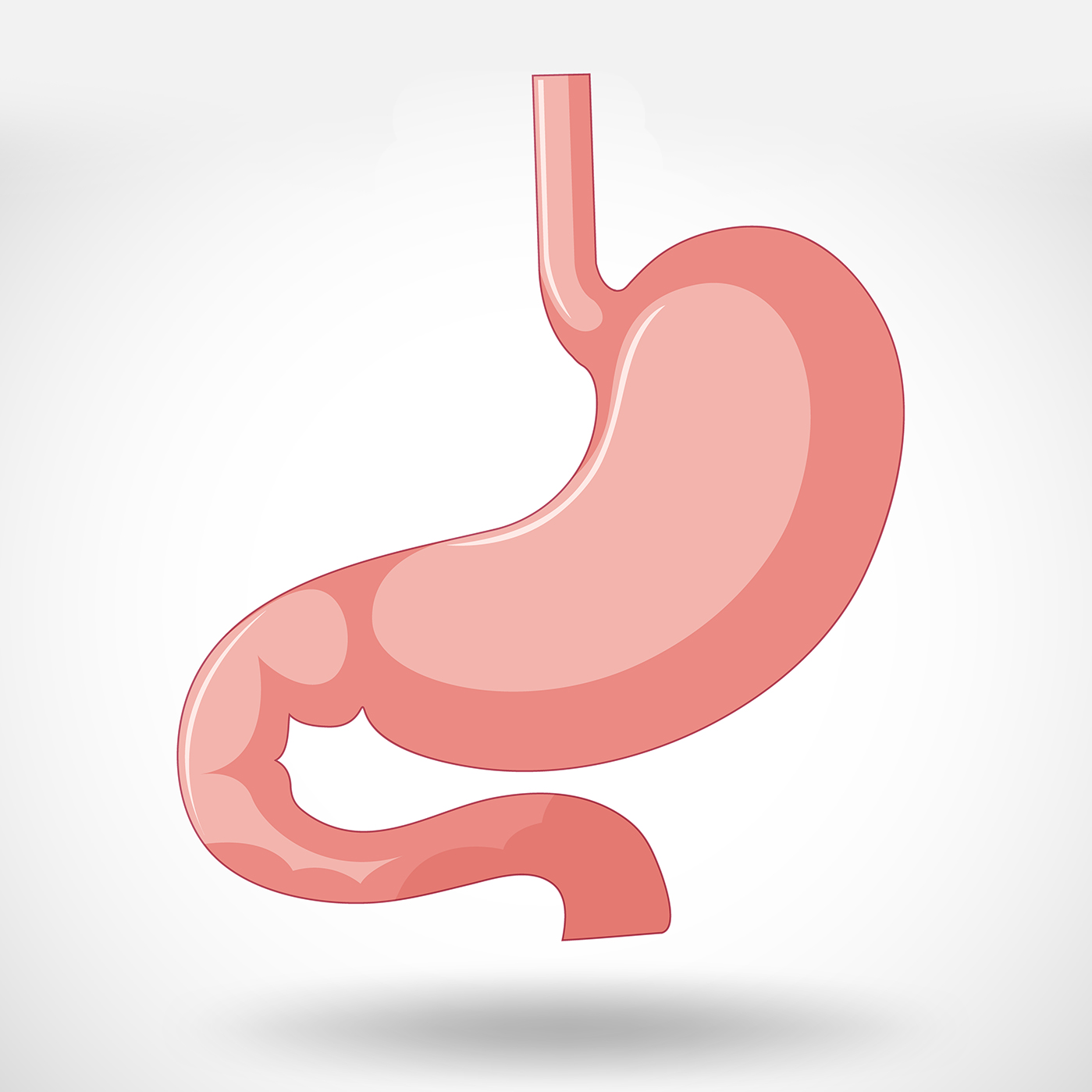SERVICES
BARIATRICS / WEIGHT LOSS Surgery types
Bariatric surgery is an effective treatment for severe obese cases. It improves many obesity-related comorbidities as well as ensuring weight loss and enhancing the quality of life.
It works in restricting the amount of food ingested in the stomach by generating malabsorption of food or by both gastric malabsorption and restriction.
WHY IT’S DONE?
- To lose excess body weight
- To reduce weight-related health problems
WHO CAN DO THE SURGERY?
- A Body Mass Index (BMI) equal to or greater than 40 kg/m2
- A Body Mass Index (BMI) equal to or greater than 35 kg/m2 and experiencing severe negative health effects or co-morbidities, such as high blood pressure, diabetes, and/or sleep apnea.
- After failure of a well-conducted medical, nutritional, dietetic and psychotherapeutic treatment for 6 to 12 months.
MORE SERVICES

1. SLEEVE GASTRECTOMY
Sleeve gastrectomy is a laparoscopic restrictive technique that works mostly in reducing the capacity/ size of the stomach by 80%. The bigger part of the stomach that reserve food is removed by eliminating a great part of Ghrelin production tissue (Hormone of Hunger).
The small and very narrow new stomach restricts food intake and helps maintain satiety.
It does not alter the normal digestive process.
The average expected weight loss with the gastric bypass procedure is around 60 to 70% of excess weight.

2. GASTRIC BYPASS (Roux-en-Y)
The Roux-en-Y gastric bypass is both restrictive and malabsorptive technique.
The restrictive part of the procedure is done by creating a small stomach pouch with a very small outlet and connected to the end of the small intestine (jejunum).
The malabsorptive part of the procedure involves re-arranging of the small intestine to reduce how much of the intestine is involved in absorbing the small amount of food that is eaten.
The average expected weight loss with the gastric bypass procedure is around 60 to 70% of excess weight.

3. Mini-Gastric Bypass (One anastomosis Gastric Bypass)
The Mini Gasrtic bypass is both restrictive and malabsorptive technique.
The procedure involves one anastomosis not two comparing to the Roux-en-Y.
The upper part of the stomach is divided into tube and joined to a loop of intestine.
It helps you to lose weight by reducing the feeling of hunger, enabling an early feeling of satiety and fullness and by decreasing the amount of calories absorbed
The average expected weight loss is around 60 to 70% of the excess body weight.

4. LAP BAND
Lap-Band surgery is a restrictive procedure and works by restricting how much food can be eaten at one time. The band is placed at the top of the stomach which creates a ‘new’ small stomach.
The most appealing feature of the Lap-Band is the ability to adjust it without additional surgery, allowing a proper fit for every patient.



